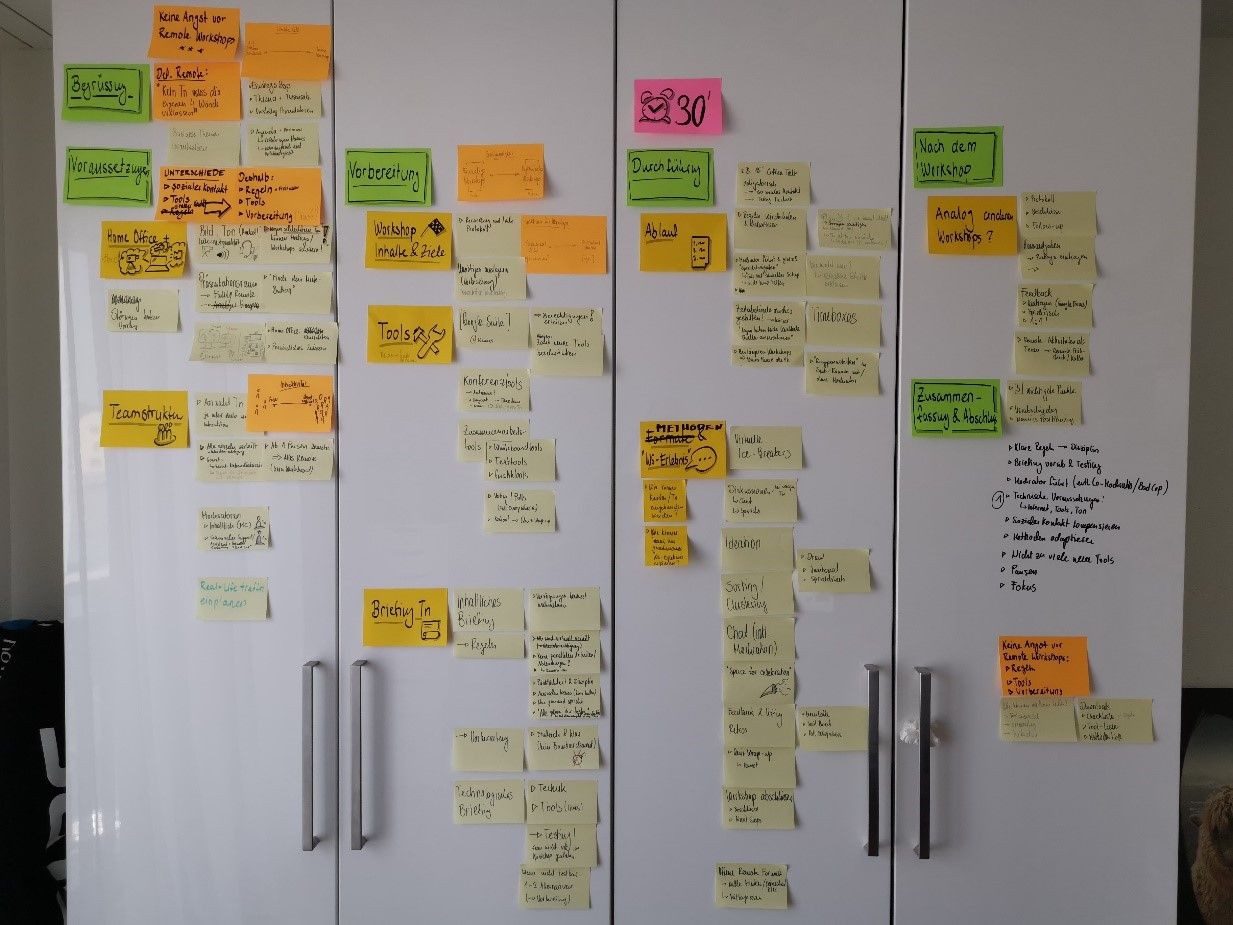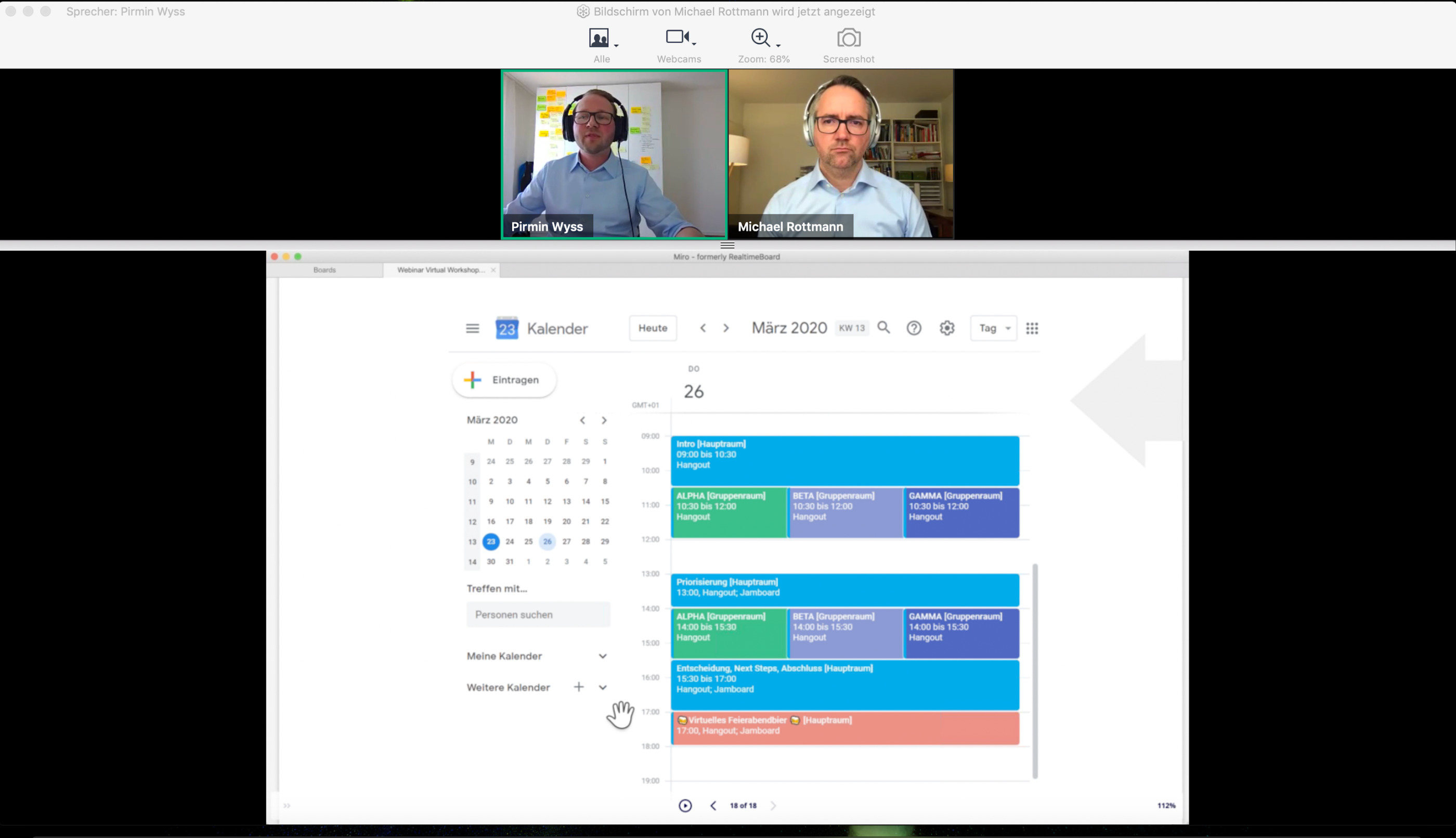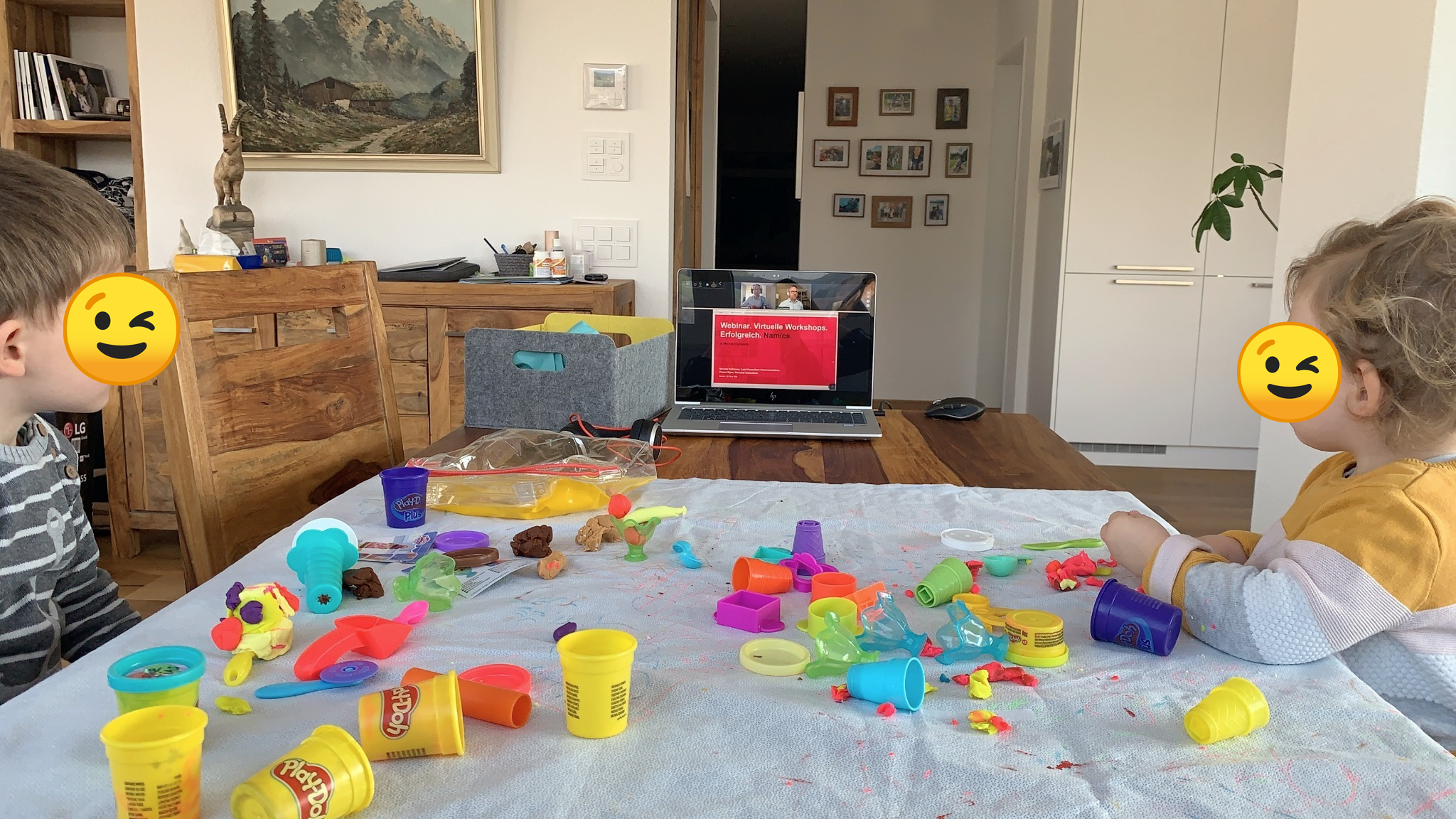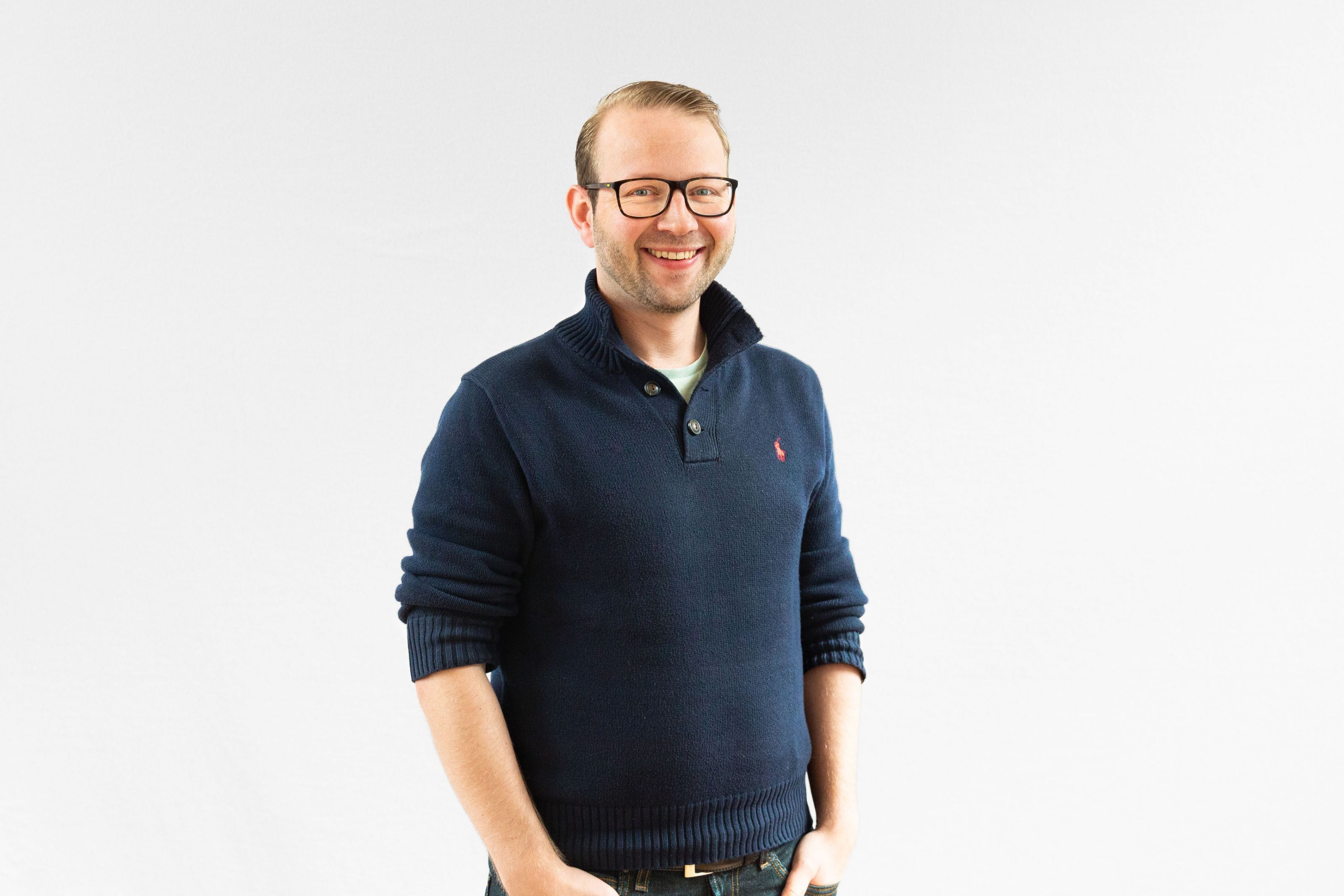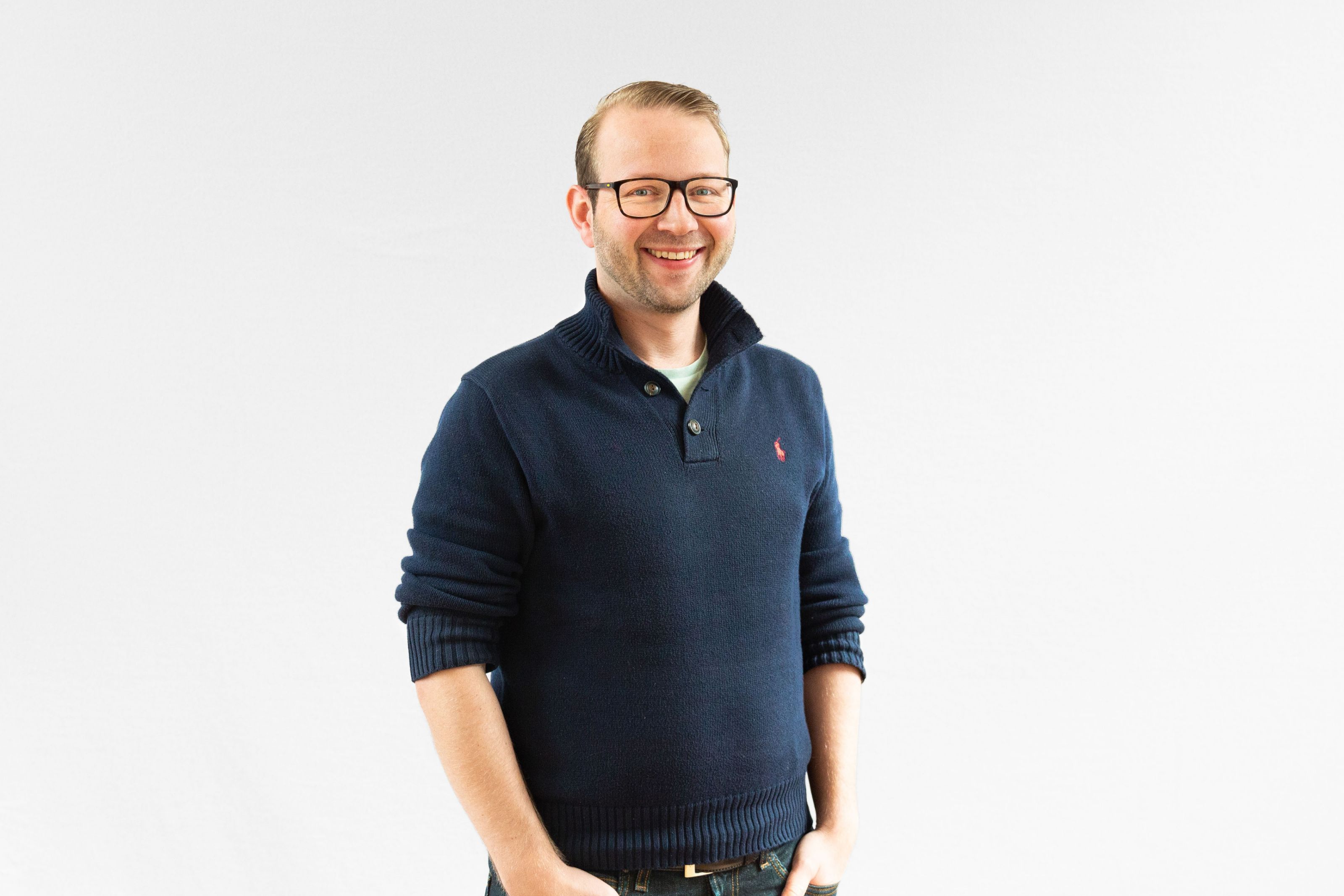
When it became clear over two weeks ago that we would be working from home, it was not clear for how long we would be working without interacting with our colleagues face-to-face. But it was obvious that we would continue to work together a lot - remotely. Merkle employees are used to working virtually. But how do you protect yourself from total isolation? How do we stay productive when working from home in the long term? In the general rush to reorganize, more and more questions are being asked: Who can help where and when customers put projects on hold?
Many of our customers' IT systems still lag far behind the possibilities of today. How can they realize that collaboration should not be a luxury but a matter of course? The Merkle Plan: A webinar should show that working from home and workshops can be combined very well. With the focus on virtual workshops we seem to find a specific niche at the moment. How quickly can the topic be made easily digestible? We agree that it can be done in 4 days.
A rough storyline and numerous internal experience reports later, it is clear that the findings with virtual workshops are often very similar. First of all, the basic requirements for every home office must be fulfilled (headset!). Only then can the participants be gently introduced to new rules and (if possible) to a new tool. Everything else is then almost like in any conventional workshop.

